Since going to back Yuli from Ruisui is even more uphill, we decided to take the train home, after touring around the back roads of Ruisui. For Taiwan Rail, you can roll the bike directly onto a designated car of any local train, after buying a tickets for the bike at 50% of a regular ticket. This is our first time time trying it out -- very cool, too convenient!
When we got home the other 6-speed was back from the bike shop, which meant the next day, we hiked the much touted Walami trail, up the mountain towards to center of the island. First thing in the morning, we rode our bikes 12km from 115 to 300 m.a.s.l. That's the best we could do with the 6 speeds. We parked our bikes, walked the last 3km on the road to the trailhead at 460 m.a.s.l. We then walked the first 7km of the trail up to 800 m.a.s.l., before turning around.
The fame and popularity of the trail was immediately evident. It has historical provenance: an ancient tribal path that was superseded as a military road during Japanese occupation. It is super well maintained, not particularly steep, suspension bridges, waterfalls... -- it had everything. This is the first place we noticed large number of fir trees. In spite of being midday, we could always hear birds chattering. On this particularly day, mist was coming and going. it's like like being in an enchanted fairyland.
To Ruisui: Up early and cycling by 7:30. First we head over to the YuFu Bike Way and make our way over the clashing techtonic plates to Rt 9, the main East Rift Valley highway, and head North.
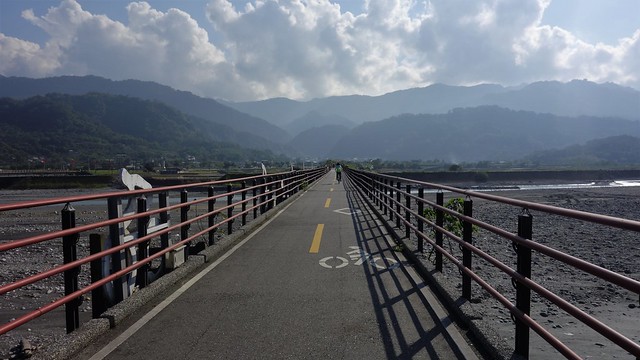
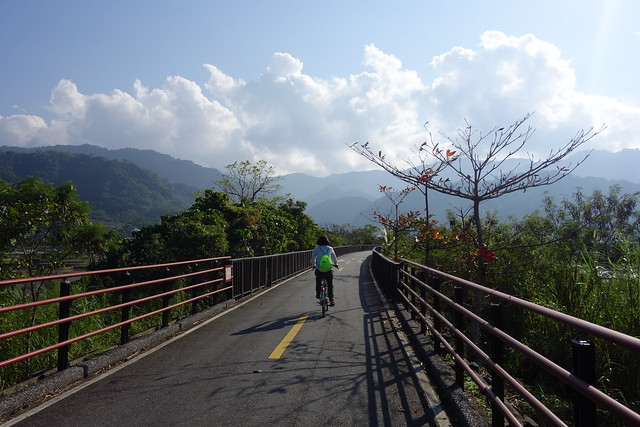
The local farmers are preparing the fields and planting rice non-stop from dawn till dusk.
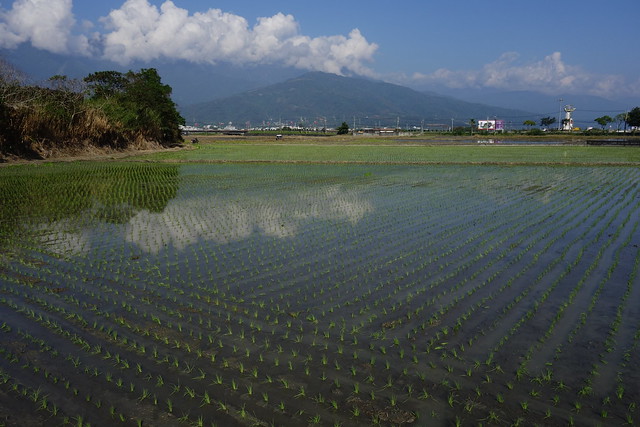
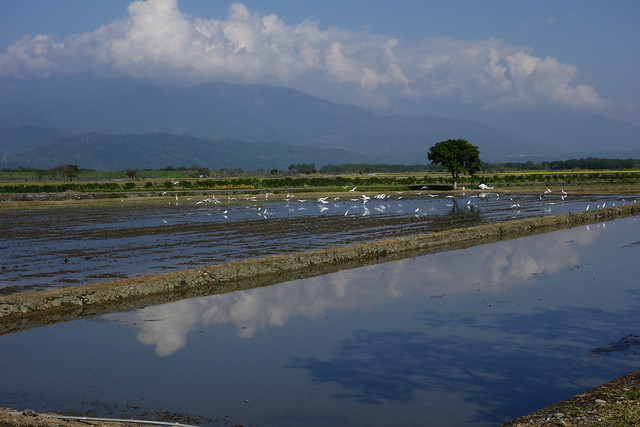
Here are rows of rice seedlings that will be rolled up (like sod), transported to rice planting tractors, unrolled, and mechanically planted.

Taking a break on the Rt 9 bridge into Ruisui.
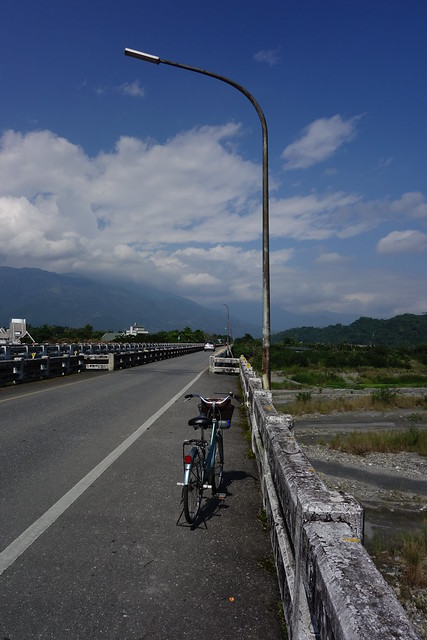
The area in front of Ruisui Train Station is decked out in red lanterns for the upcoming Chinese New Year.
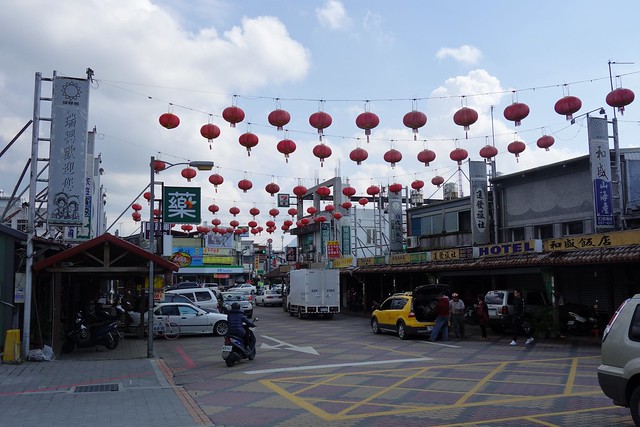
Ruisui has it's own 10km bike way that heads out to the hot springs and back through fruit and vegetable fields.
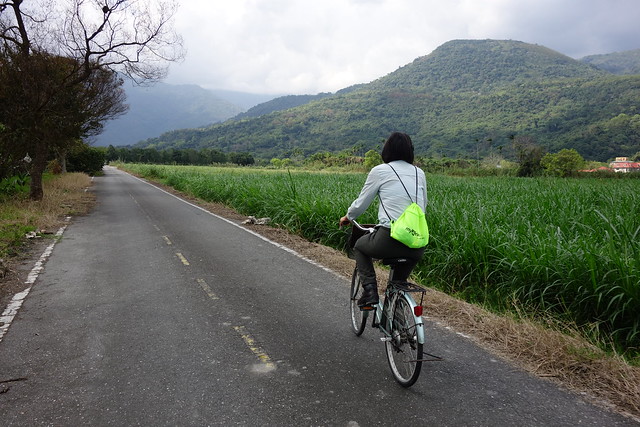
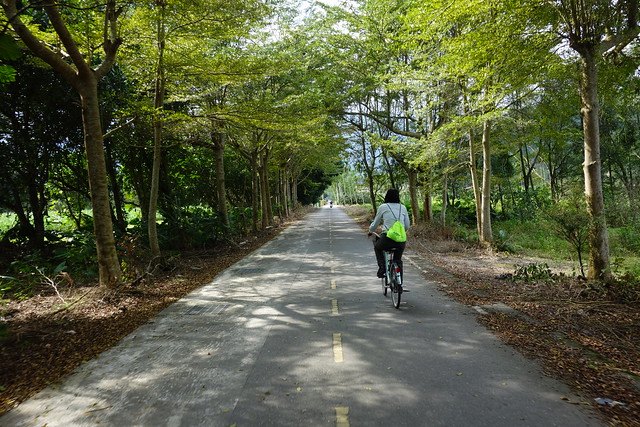
The hot springs spa monstrosities. Disney-esque, yes?

Jack Fruit tree.
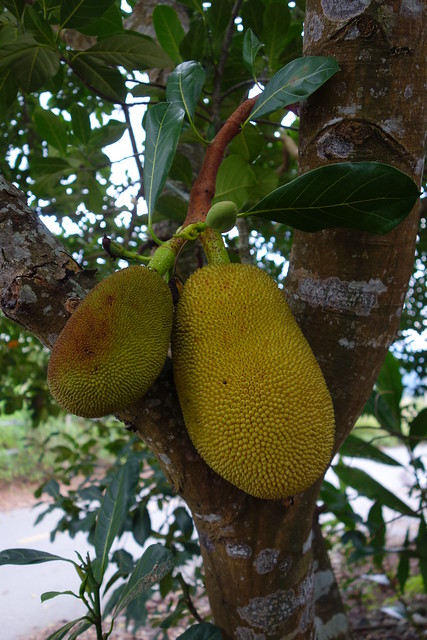
Chinese pumpkins.
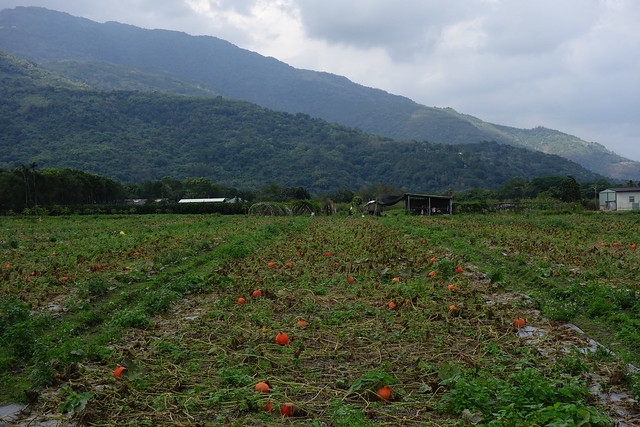
Heading back to Ruisui we enjoyed this 2km section of downhill below a levee although it's not aesthetically pleasing.

After working hard on our 6-speed and 1-speed we drool for a moment over this electric-assist bike for rent at Ruisui Station's bike rental shop.

Here's the GPS track.
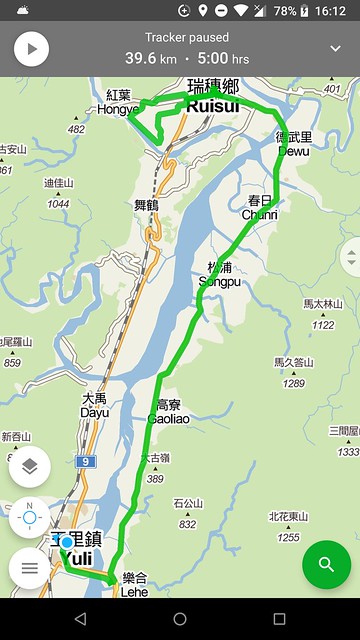
The next day we pedaled out to the Walami Trail in Yushan National Park. Had to stop and take a pic of this pod hotel we saw on the way.

The Walami Trail recently opened after being closed due to a landslide. Below is Sun-Ling waving on the old Shanfeng Suspension Bridge. A new bridge is under construction to its side.
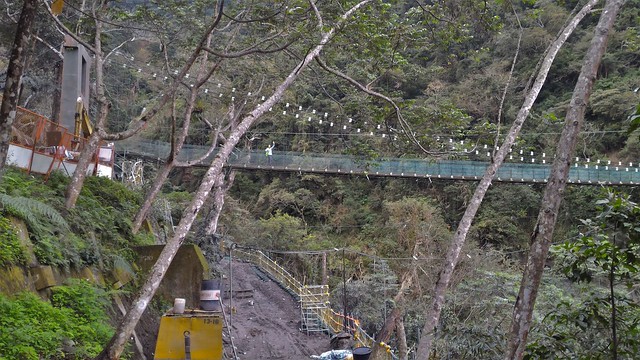
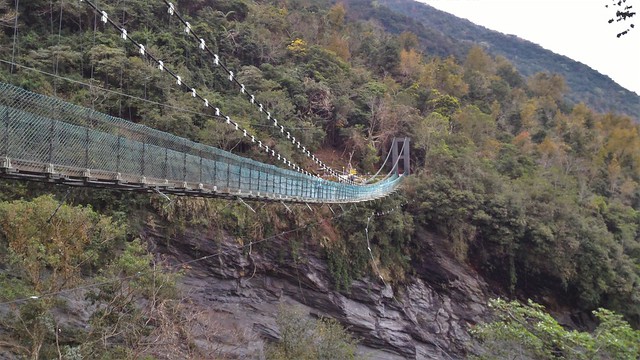

The uh wobble in the middle of the bridge.
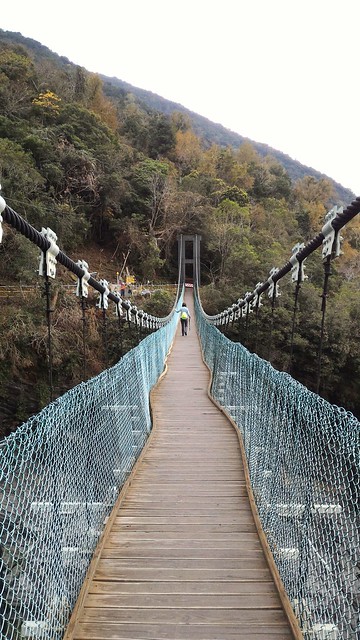
Whew. Made it. Maximum Customers: 5 People.
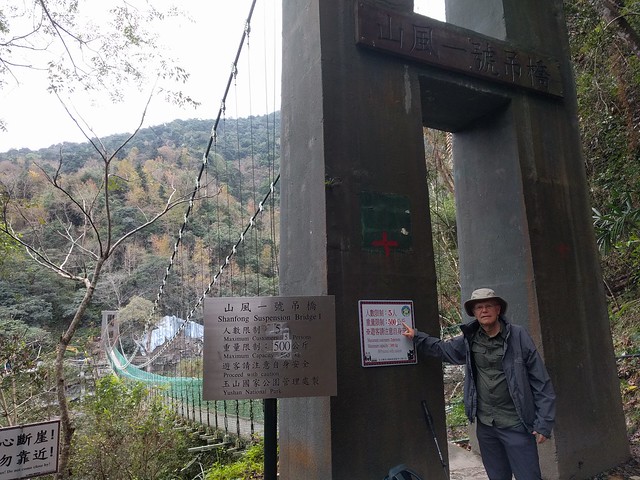
The 2nd suspension bridge offers great views plus a waterfall. I lost my head over it.

Then a beautiful section with overhanging ferns, dripping water, soggy railings, and mesmerizing views.
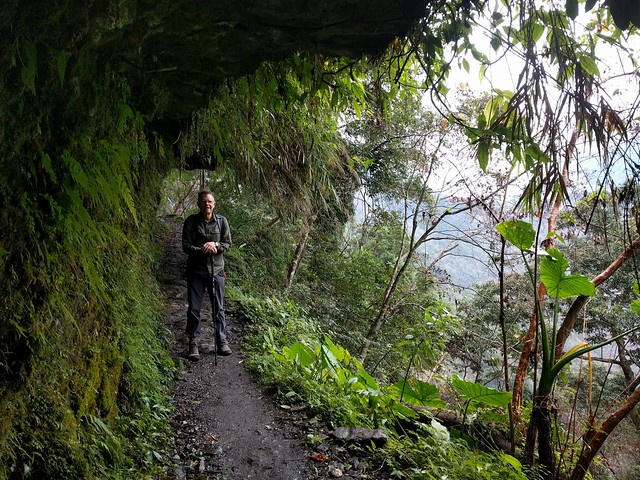

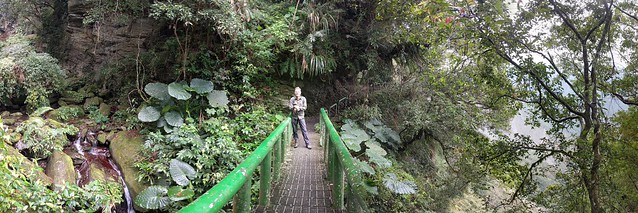

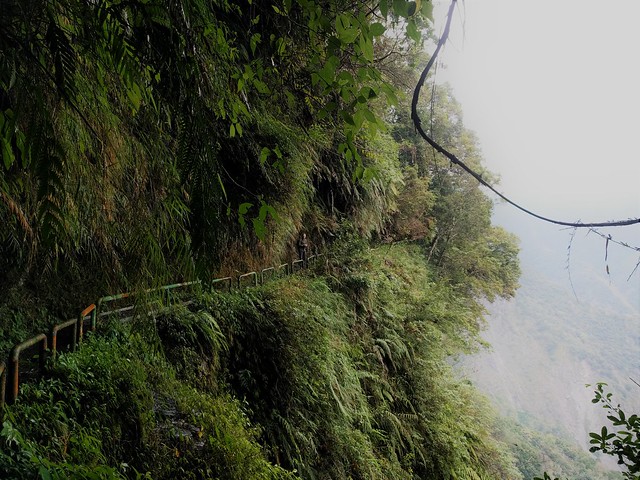
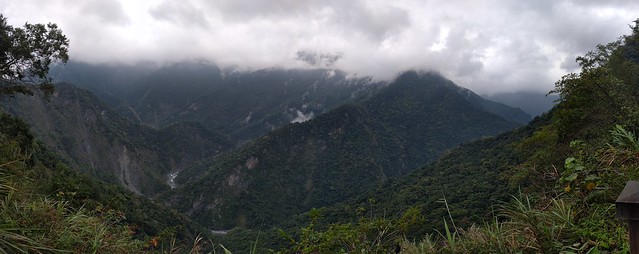
We somehow found ourselves in the middle of a large group of Taiwanese hikers as we traversed the new section of trail through the landslide zone.
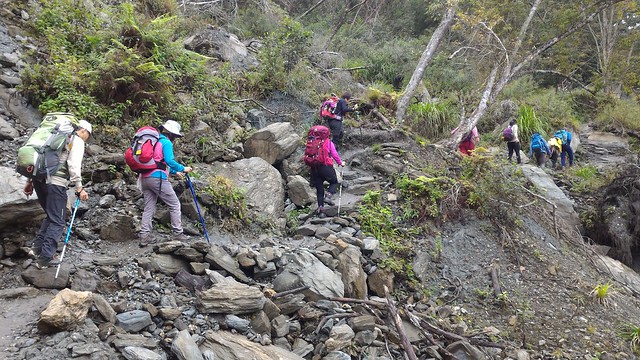
After 5kms the trail is less traveled, a permit is needed, and it's more lush, more quiet, and IMO less recently logged.
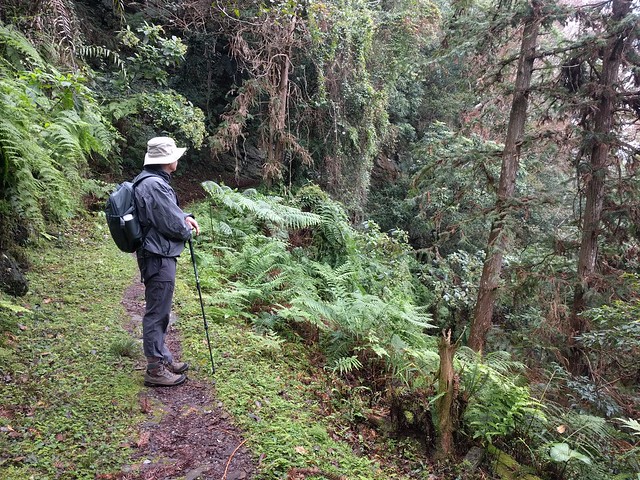
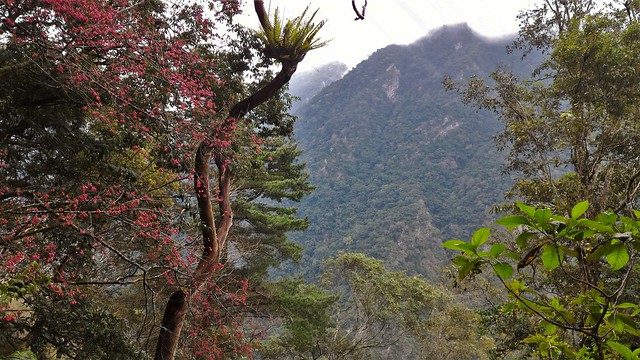
Rock that looks like a whale's head?
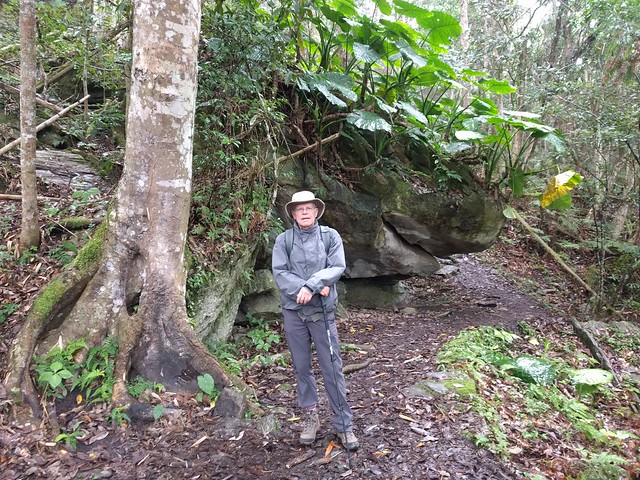
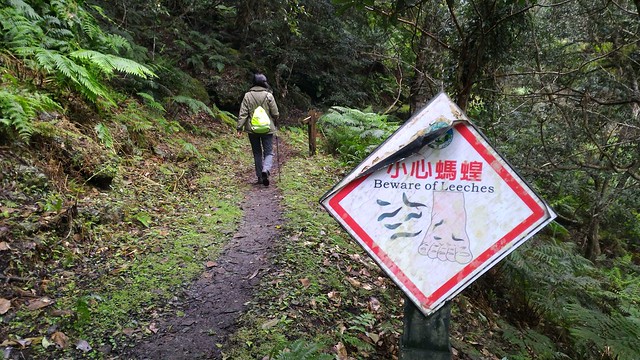
Tons of air plants like the ones above my head.
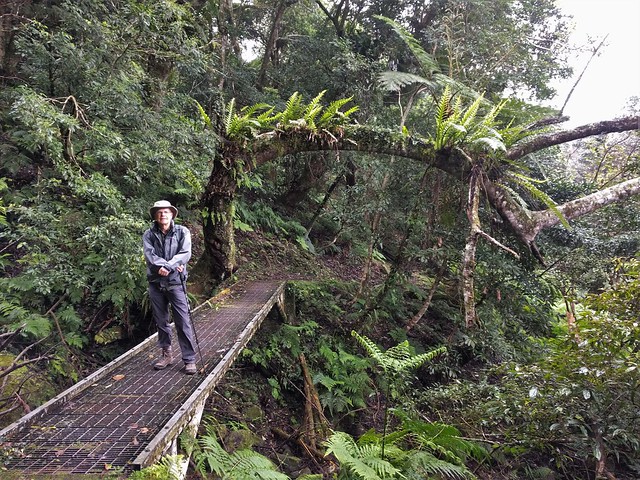
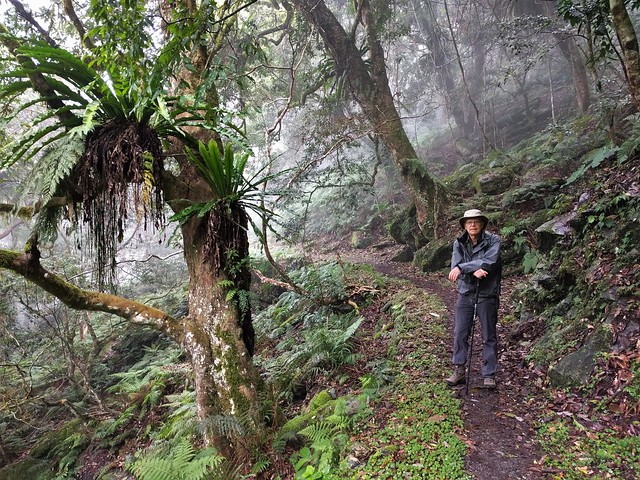
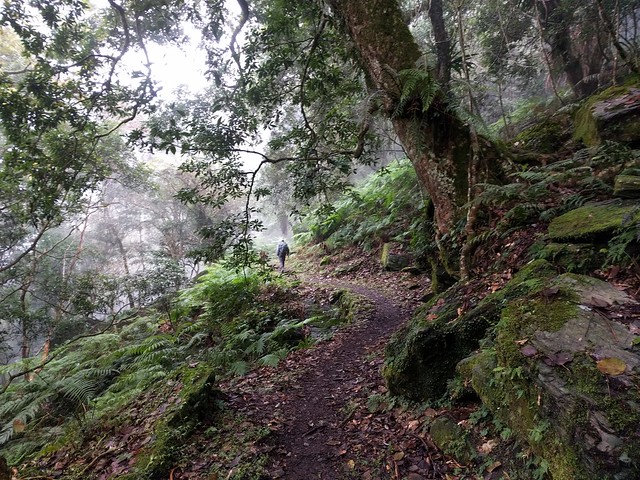
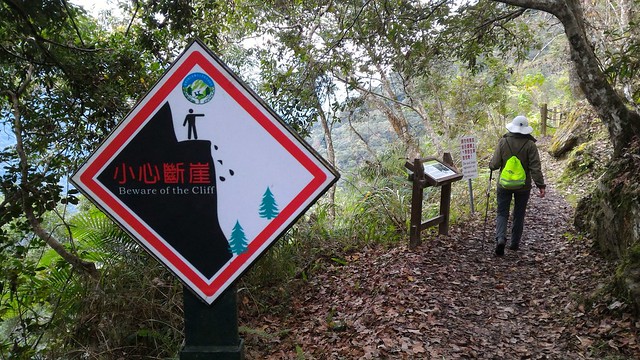
On the mostly downhill ride back we stopped at the lower Visitor Center to check out the rice fields.
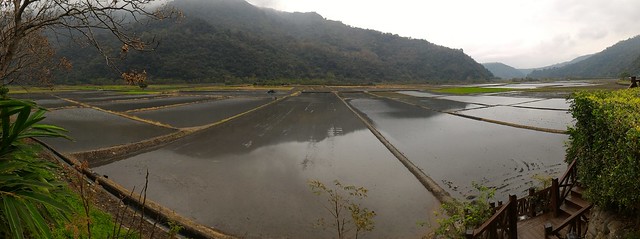
Once in town we pulled in to our fav bakery to buy tomorrow's breakfast.
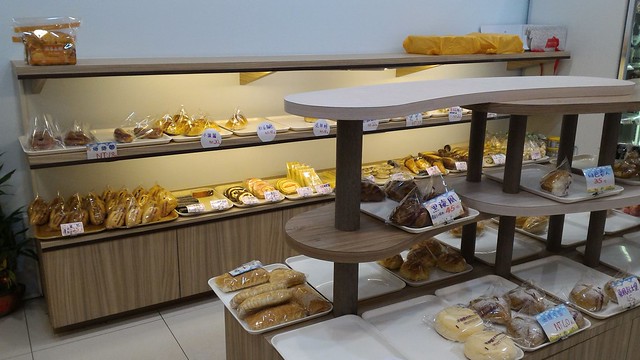
GPS track of the bike + hike + bike. Long day out, almost 10 hrs.
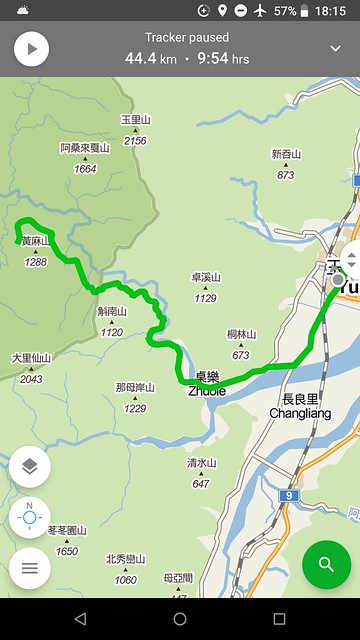
I get exhausted Just reading/viewing your hike, let alone doing it myself. I hope you didn't pick up any leeches or tumble off any cliff. And the wobble in the suspension bridge is not something I'd want to experience being on the bridge when it occurred.
ReplyDelete@ Crash - no leeches ;-0. and it takes more total effort to walk a slippery trail IMO but on the other hand you don't wear yourself out my going too fast.
ReplyDeleteJust a wild guess that the wobble came from trying to "tighten" the bridge cables after a landslide or earthquake or old age caused some obvious damage. It's a long old bridge, built by the Japanese in the 1920s.